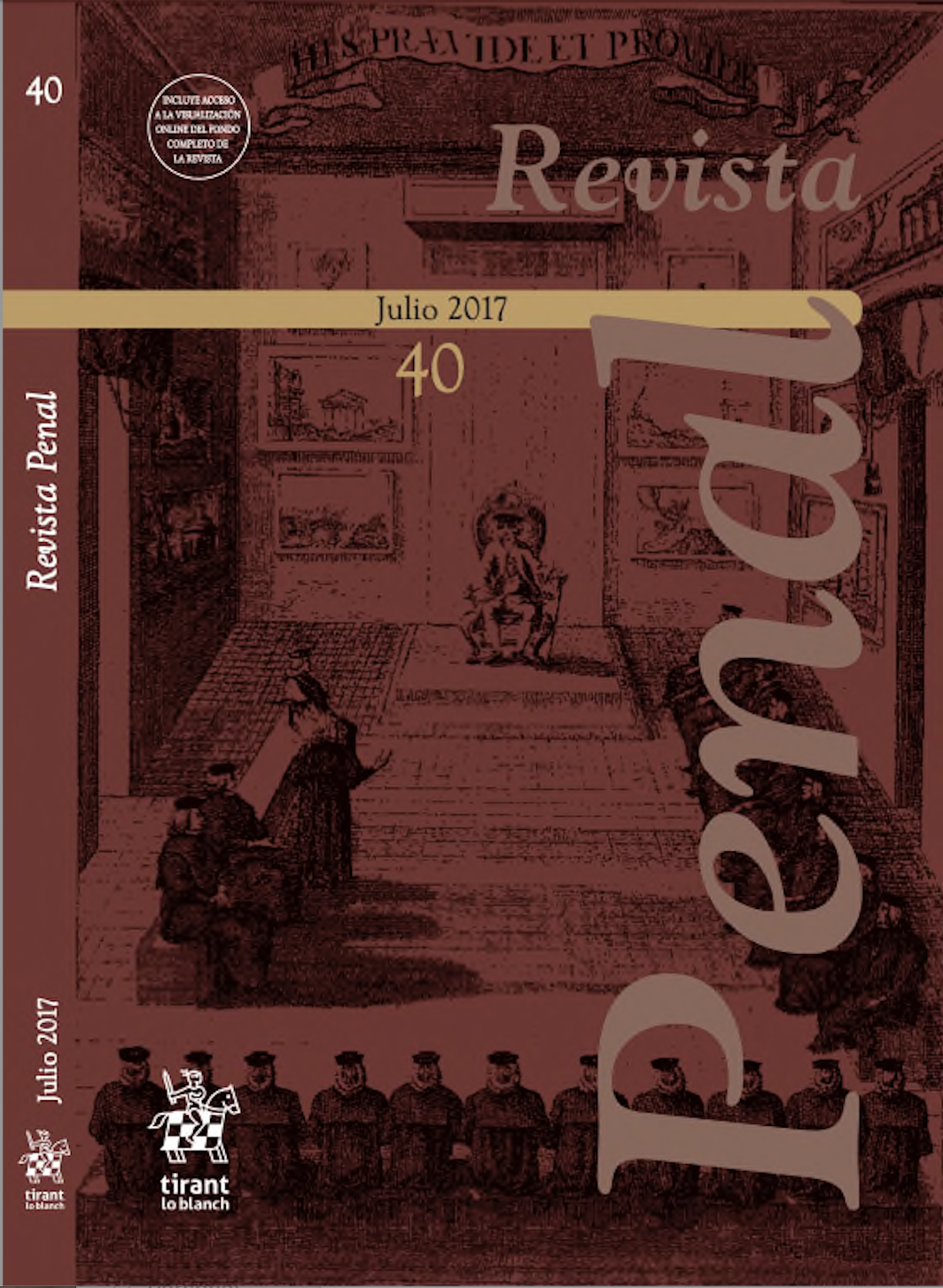The “conditio sine qua non” formula and the materialization of a risk factor into a harmful result: how to eliminate a redundant step in the analysis of the objective imputation of an act to a criminal type.
DOI:
https://doi.org/10.36151/Keywords:
Corruption, International instruments against corruption, Reform of the Criminal Code, Confiscation classesAbstract
In order to determine the attribution of a harmful result to an individual act as a part of the criminal type, dominant doctrine and jurisprudence usually apply the “theory of equivalence of conditions” and its “conditio sine qua non” formula as a first step to resolve the causality question. They often apply the continental Criminal Law doctrine of the “objective imputation” after that, in a second step of analysis. This paper tries to prove, however, that the first phase in this analysis is superfluous. It is actually preferable to study the problem of the material, efficient causality at the second logical step proposed by the doctrine of the “objective imputation”: i.e., the crystallisation of a risk factor into that harmful result.



